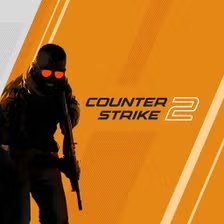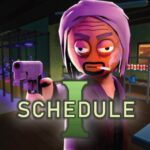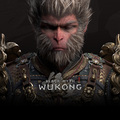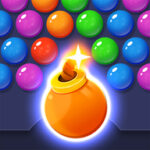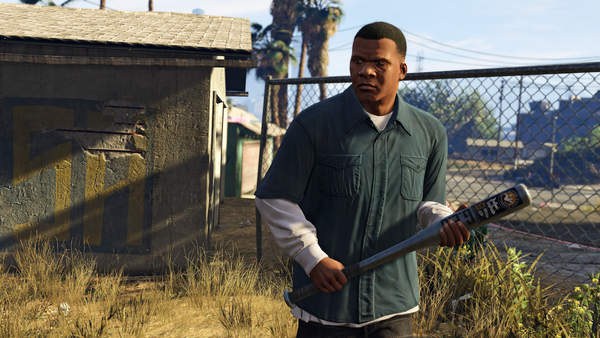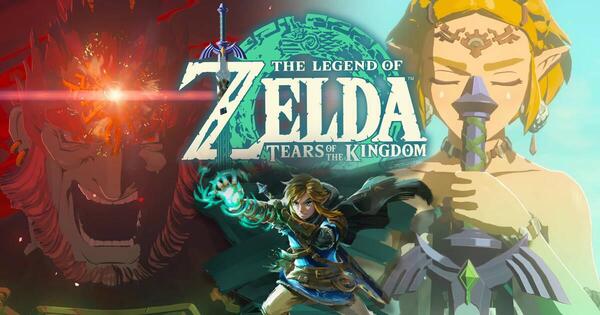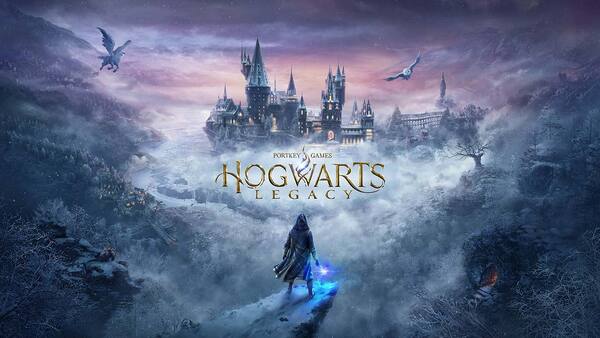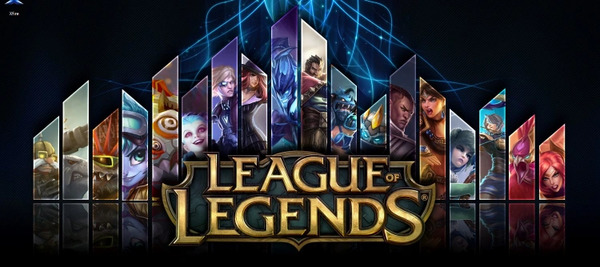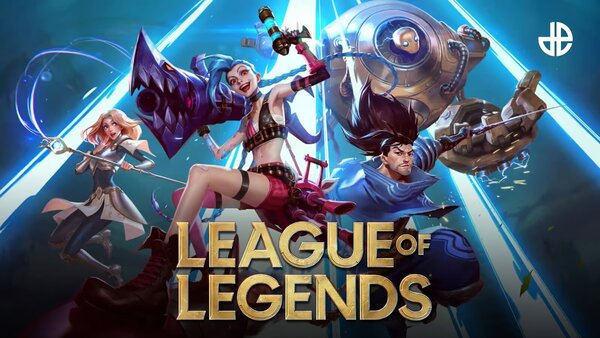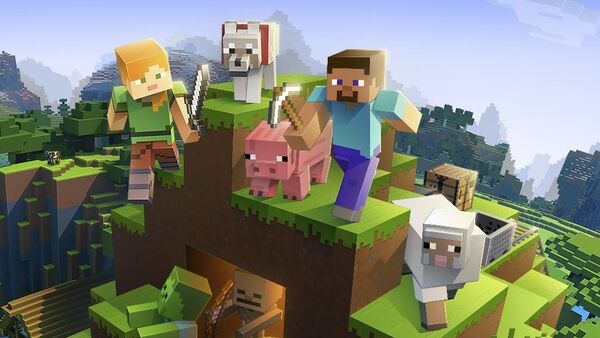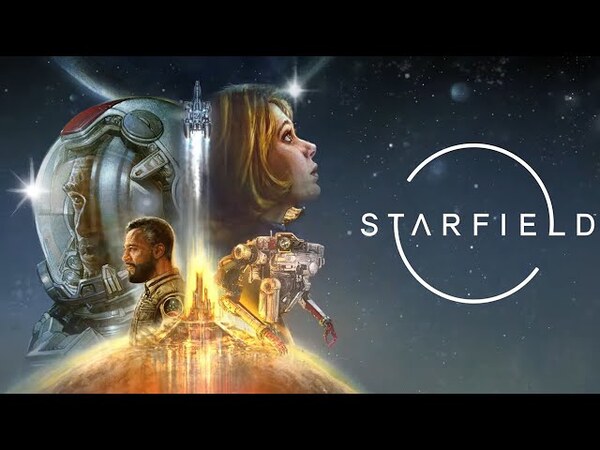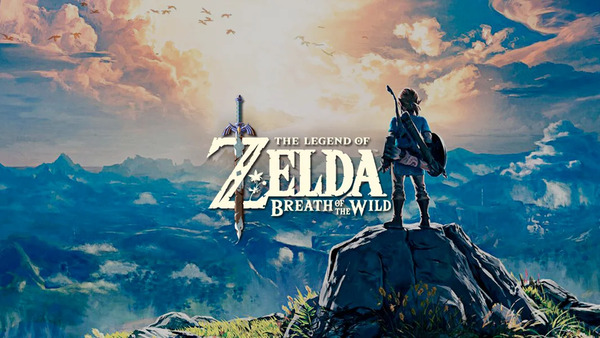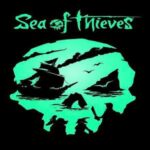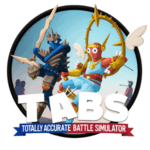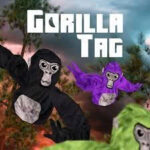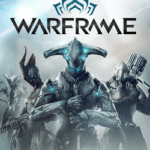Minecraft is one of the most iconic and enduring video games in the history of the industry. Developed initially by Markus Persson and later acquired by Mojang Studios under Microsoft, Minecraft has become far more than a simple sandbox title—it is a global cultural phenomenon. With over 300 million copies sold and millions of active monthly players, Minecraft’s influence spans education, architecture, content creation, and even therapy. The game’s seemingly simple premise—placing and breaking blocks in an open world—belies a deeply engaging gameplay loop that empowers creativity, survival instincts, and community collaboration. Minecraft has captivated generations of gamers by offering a platform where imagination becomes reality, limited only by the player’s own creativity and ambition.
1. The Humble Beginnings and Development History of Minecraft
Minecraft began as a passion project by Swedish developer Markus "Notch" Persson in 2009. Inspired by sandbox and construction games like Dwarf Fortress and Infiniminer, Notch set out to create a game that gave players absolute control over a procedurally generated world made entirely of blocks. The game was initially released as a public alpha and quickly gained attention for its innovative design and limitless possibilities. The beta release in 2010 expanded on mechanics like redstone circuitry, crafting, and mobs. With input from the growing community, Minecraft evolved rapidly, adding features that transformed it from a simple builder into a complex world simulator. Mojang Studios officially released Minecraft version 1.0 in November 2011, and by that time, the game had already become a cult favorite. Microsoft acquired Mojang and the Minecraft IP in 2014 for $2.5 billion, a move that signaled the game's transition into a global brand with cross-platform support and a vast content roadmap. Rating: 4.9 out of 5 for innovation and grassroots development
2. Core Gameplay: Survival, Creativity, and Exploration
At its core, Minecraft offers two primary game modes: Survival and Creative. In Survival mode, players begin with nothing and must gather resources, craft tools, build shelter, and fend off enemies such as zombies, skeletons, and creepers. Hunger and health must be managed, and exploring caves and dungeons becomes essential to acquire valuable items. This mode emphasizes resource management, strategic planning, and environmental awareness. In contrast, Creative mode removes all survival constraints, granting players access to unlimited resources and the ability to fly. This mode is ideal for building massive structures, experimenting with redstone logic, or simply enjoying the freedom to create. The game’s open-world design supports endless exploration across biomes, structures, and dimensions, including The Nether and The End. Rating: 5.0 out of 5 for gameplay flexibility and player empowerment
3. The Blocky Aesthetic and Technical Simplicity
Minecraft's visuals are famously low-resolution and blocky, a design choice that has become iconic. While some critics initially dismissed the game's graphics as primitive, the aesthetic has proven timeless and highly modifiable. Every object in Minecraft is a cube, from trees and mountains to creatures and clouds, creating a unique voxel-based look that is both nostalgic and distinct. Despite its simple appearance, Minecraft is surprisingly complex under the hood. It features advanced lighting, dynamic weather systems, and robust terrain generation. The game’s minimalist style allows it to run on a wide range of devices, from smartphones and tablets to high-end gaming PCs and consoles. Moreover, the art style enhances the player's ability to visualize and construct large-scale projects, making it a tool as much as a game. Rating: 4.7 out of 5 for iconic design and accessibility
4. Multiplayer, Servers, and Online Communities
Minecraft’s multiplayer functionality is one of its strongest features. Players can join public servers or create their own to collaborate, compete, or just hang out. Servers range from vanilla survival worlds to massive custom experiences with economies, role-playing, and mini-games. Popular servers like Hypixel and Mineplex offer game modes such as SkyWars, BedWars, and Capture the Flag, creating entirely new gameplay experiences. The multiplayer scene fosters community and creativity. Players often collaborate on megastructures, host building contests, or roleplay within shared narratives. Cross-platform play allows users from different devices to join the same world, further expanding accessibility and reach. From private realms with friends to massive public networks, Minecraft's online ecosystem is vibrant and diverse. Rating: 4.8 out of 5 for multiplayer depth and community richness
5. Redstone Engineering and In-Game Technology
Redstone is Minecraft’s version of electrical circuitry, enabling players to build functioning devices, logic gates, and even computational systems. Redstone dust, repeaters, pistons, and comparators can be combined in creative ways to build automated farms, secret doors, or even rudimentary CPUs. Some players have recreated calculators, music machines, and fully functional arcade games entirely within Minecraft using redstone. This engineering system introduces players to basic programming and electrical logic, sparking interest in STEM subjects. Redstone is used both in survival gameplay for efficiency and in creative mode as a medium for expression. Its flexibility and complexity make it one of Minecraft's most powerful features. Rating: 4.9 out of 5 for educational value and player innovation
6. Education, Learning, and Minecraft: Education Edition
Minecraft’s educational applications are significant. Microsoft developed a specialized version called Minecraft: Education Edition that is used in schools around the world to teach subjects like math, history, computer science, and even language arts. Teachers can design lesson plans that use Minecraft’s world-building mechanics to engage students in problem-solving, collaboration, and storytelling. Beyond formal education, the standard version of Minecraft naturally teaches players spatial reasoning, architecture, resource management, and resilience. Students can recreate ancient civilizations, conduct virtual chemistry experiments, or practice coding with command blocks. The game’s educational potential is enormous, making it a favorite among both educators and parents. Rating: 5.0 out of 5 for educational impact and classroom integration
7. Modding Community and Custom Content
One of the pillars of Minecraft’s longevity is its modding community. Mod developers have created everything from new biomes and mobs to entirely new game mechanics and story-driven experiences. Modpacks like Feed the Beast, RLCraft, and Pixelmon transform Minecraft into entirely new games. Some mods enhance visuals with shaders and textures, while others introduce industrial automation, magic systems, or space exploration. Installing mods requires the Java Edition of Minecraft, which offers the most flexibility for customization. Tools like Forge and Fabric make modding accessible even to beginners. The endless creativity of the modding scene means there’s always something new to explore. Rating: 4.8 out of 5 for community content and creative freedom
8. Updates, Expansions, and Developer Support
Mojang has consistently supported Minecraft with free updates that add new blocks, mobs, mechanics, and biomes. Major updates such as The Nether Update, Caves & Cliffs, and The Wild Update have significantly changed world generation and gameplay. Each update is met with anticipation from the community, often reigniting interest in survival worlds and exploration. The development team actively engages with players through snapshot previews, polls, and community feedback. Minecraft Live events showcase upcoming features and celebrate player creations. This commitment to evolution ensures that Minecraft never becomes stale and continues to attract new and returning players. Rating: 4.9 out of 5 for update quality and long-term support
9. Content Creation, Streaming, and Cultural Impact
Minecraft is a cornerstone of the content creation world. YouTube channels dedicated to Minecraft have millions of subscribers, and content creators like Dream, Technoblade, and Mumbo Jumbo have built careers on their Minecraft expertise. Whether through Let’s Plays, building tutorials, challenge videos, or elaborate storytelling series, Minecraft remains a top-performing category on streaming platforms. The game's sandbox nature makes it ideal for creativity and audience engagement. It has also become a cultural icon, referenced in memes, music, merchandise, and even mainstream media. Minecraft concerts, fan fiction, and animation further demonstrate the game’s cultural influence. Rating: 5.0 out of 5 for cultural relevance and creator economy impact
10. The Future of Minecraft and Its Enduring Legacy
Minecraft shows no signs of slowing down. Microsoft continues to invest in its development and expansion through spin-offs like Minecraft Dungeons and upcoming titles like Minecraft Legends. The core game remains relevant across age groups and skill levels, offering something for builders, explorers, educators, and competitive players alike. Its cross-platform presence ensures that it can be played on almost any device, and its timeless aesthetic means that it never feels outdated. As technology advances, Minecraft is poised to incorporate features like augmented reality, virtual reality, and more sophisticated multiplayer tools. Its legacy as the best-selling video game of all time is well earned, and its influence on the industry will be felt for decades. Rating: 5.0 out of 5 for legacy and forward momentum
Conclusion: Minecraft as the Definitive Sandbox Game for All Generations
Minecraft is not just a game—it is a platform, a teaching tool, and a cultural icon. It redefined what video games could be by allowing players to become architects of their own experiences. Its blend of simplicity and complexity, creativity and survival, solo play and collaboration makes it uniquely universal. While some might criticize its visuals or repetitive tasks, the depth of what Minecraft offers far outweighs its minor flaws. It stands as a testament to the power of player-driven content and sandbox freedom. For both newcomers and veterans, Minecraft remains an endless canvas of potential.
Final Overall Rating: 4.9 out of 5
Minecraft is the rare game that truly lets you build your world, your way—and it continues to inspire the builders, dreamers, and adventurers of tomorrow.

